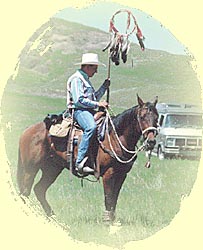Many communities continue to have at least one rodeo a year, often combined with an Indian Days celebration and/or a Pow-wow. Families still camp out during the celebrations, though fewer people set up tipis; most travel in recreational vehicles and use modern tents. At many events, like the Calgary Stampede, Crow Fair, Cheyenne Stampede Days, Pendleton Round-up and Omak Stampede, descendants of the original families still carry on the annual tradition. Horse parades and grand entries into the rodeo arena continue to be very much a part of the opening events at both small and large community rodeos and fairs. Rodeo has undergone many changes since its informal beginnings at the end of the nineteenth century. Between 1956 and 1976, Native communities created a viable rodeo industry. Today, Native rodeo associations organize competitions, rodeo schools, clinics and youth activities. This sport, in which talent, skill and months of training are focused into just a few seconds of competition, continues to be popular on the reserve and in larger centres. Behind the chutes and in the stands is the "rodeo family" — a group of people who travel together, care for each other, and adhere to the standards of excellence set by their role models and heroes.
Introduction | What makes Native Rodeo Different? | History of Rodeo Associations | Rodeo Heroes | The Rodeo Arena | The Rodeo Circuit | Rodeo Events | Down the Road SACRED BEINGS | RANCHING | ENTERTAINMENT | RODEO | ARTS AND INDUSTRIES |


